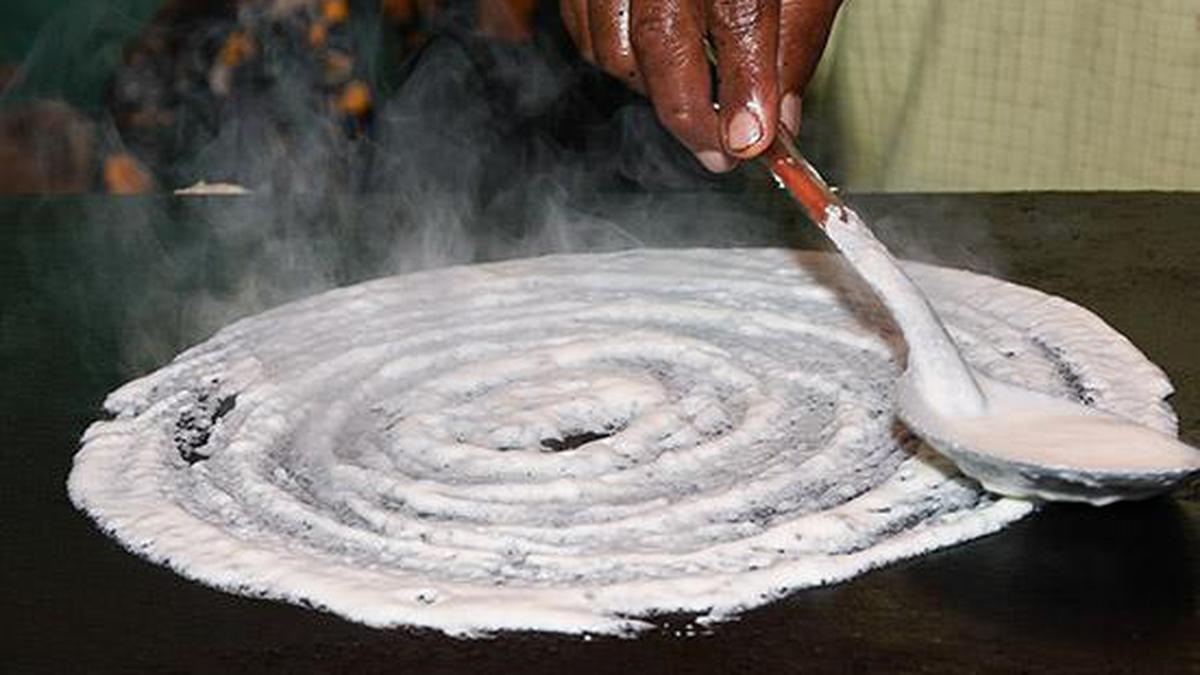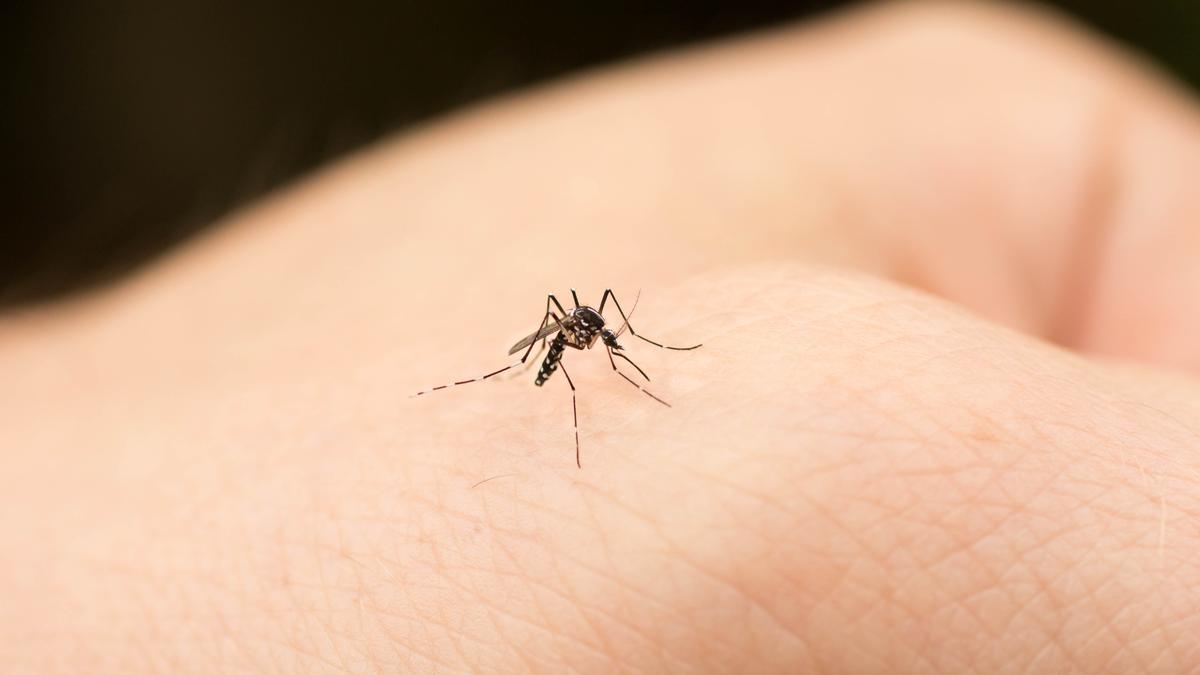Jonathan, world’s oldest tortoise, on the lawn at Plantation House on the island of Saint Helena.
| Photo Credit: WIKIMEDIA COMMONS
Negligible senescence describes a unique resistance to the typical decline associated with ageing. It is a concept that not only fascinates scientists but also holds significant implications for anti-aging research. By studying these remarkable creatures, we may uncover insights that could revolutionise our understanding of ageing and longevity.
Tortoise and the hare of ageing
Negligible senescence isn’t just a fancy term. Unlike us humans, where birthdays often come hand-in-hand with growing older, tortoises and turtles experience minimal deterioration in their biological functions as they age. Unlike most organisms, whose bodily systems gradually wear down over time, these creatures seem to defy the typical ageing process.
Consider the classic fable of the tortoise and the hare. In this story, the slow and steady tortoise wins the race against the quick but careless hare. Similarly, in the realm of ageing, tortoises take a slow and steady approach, maintaining their health and vitality far longer than most animals, including humans. This stark contrast highlights how different the ageing process can be across species.

This isn’t just a theoretical concept. The Galápagos tortoise, for instance, is known to live well over 100 years. The Aldabra giant tortoise takes things even further, with lifespans exceeding 150 years. Interestingly, these resilient creatures often succumb to external factors like accidents or predation, rather than succumbing to the ravages of old age itself. Their bodies simply don’t follow the same ageing script as ours.
Harriet, a Galápagos tortoise, lived to be 175 years old, while Adwaita from the Alipore Zoo in Kolkata, an Aldabra giant tortoise, reportedly lived up to 250 years before passing away.

Harriet at the Australia Zoo
| Photo Credit:
WIKIMEDIA COMMONS
Lifespan records
Statistics further illustrate the exceptional lifespans of these reptiles. Many tortoises and turtles die not from old age but from external causes such as habitat destruction or human interference. Their natural longevity far exceeds that of most other animals, with many species regularly surpassing the century mark. This remarkable resistance to ageing offers valuable insights for scientists exploring the mechanisms behind longevity and how they might be applied to human health and anti-aging research.
The Science behind the shell
Negligible senescence in tortoises and turtles is underpinned by several key biological mechanisms that contribute to their remarkable longevity. Scientists have identified a few critical factors that play a role in this process:
- Telomere length: These protective caps on the ends of chromosomes help maintain genetic stability. In many long-lived reptiles, telomeres shorten very slowly, reducing the impact of ageing on cellular functions.
- DNA repair mechanisms: Tortoises and turtles have highly efficient DNA repair systems, allowing them to fix genetic damage more effectively than many other species. This prevents the accumulation of mutations that often lead to age-related diseases.
- Slow metabolism: A slower metabolic rate means these animals produce fewer free radicals, which are harmful molecules that can damage cells and contribute to ageing.
Comparative analysis
Comparative analysis
When compared to humans and other animals, these mechanisms highlight significant differences. Humans, for example, experience faster telomere shortening and less efficient DNA repair, contributing to the ageing process. By understanding these differences, researchers hope to unlock new ways to combat ageing in humans, potentially leading to longer, healthier lives.
Potential applications
The insights gained from studying negligible senescence hold significant promise for medical applications:
- Drug development: By mimicking the biological processes of these long-lived reptiles, scientists could develop drugs that slow down ageing in humans. These medications might enhance telomere maintenance, improve DNA repair, or reduce metabolic stress.
- Regenerative medicine: Techniques inspired by the cellular resilience of turtles and tortoises could improve tissue regeneration and healing in humans, offering new treatments for age-related conditions.
- Preventative therapies: Understanding the underlying mechanisms of negligible senescence could lead to preventative therapies that enhance longevity and quality of life, reducing the burden of chronic diseases associated with ageing.
By unlocking the secrets of negligible senescence, scientists hope to transform our understanding of ageing and develop innovative therapies that could one day bring the longevity benefits of turtles and tortoises to humans.
Queen bee longevity
While not immortal, queen bees do live significantly longer (3-4 years) than worker bees (a few months). This longevity might be attributed to:
Royal jelly diet
Queen bees are fed a special diet rich in royal jelly throughout their lives. Royal jelly contains various bioactive compounds, including antioxidants, that could contribute to their extended lifespan. However, research on the anti-aging benefits of royal jelly in humans is inconclusive.
Reproductive focus
Unlike worker bees, queens don’t engage in physically demanding tasks. They focus solely on egg-laying, which might reduce cellular stress and contribute to their longevity.
Worker bee mortality
Busy & short
Worker bees have shorter lives due to demanding tasks and exposure to dangers outside the hive.
Connecting it to negligible senescence
While the queen bee’s lifespan isn’t as exceptional as a tortoise’s, it highlights the potential for specific factors to influence longevity within a single species. This could lead to further research into the mechanisms behind the queen’s extended lifespan and potential connections to negligible senescence.











